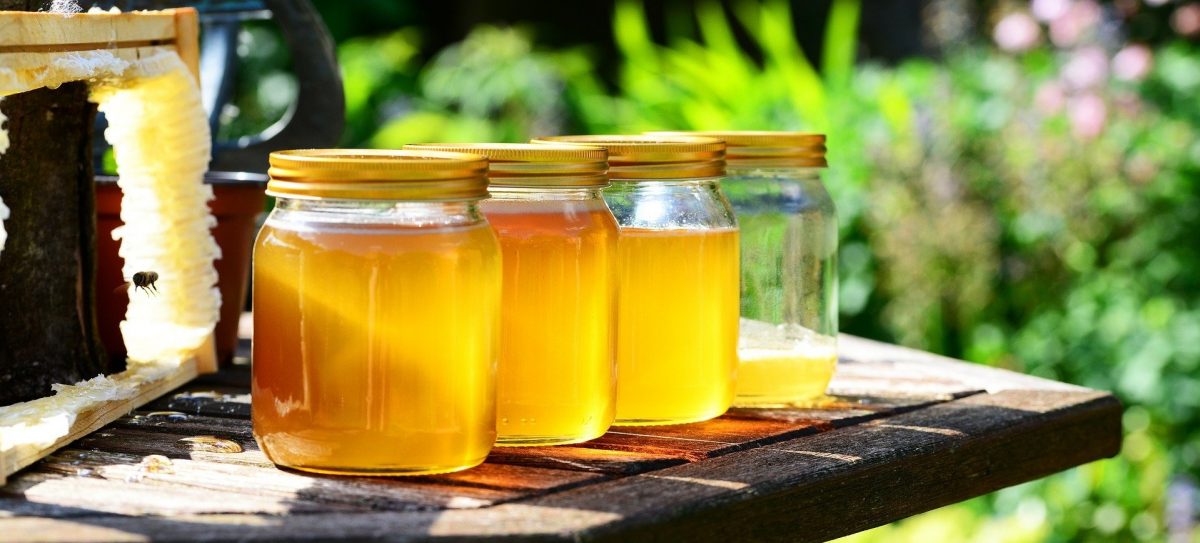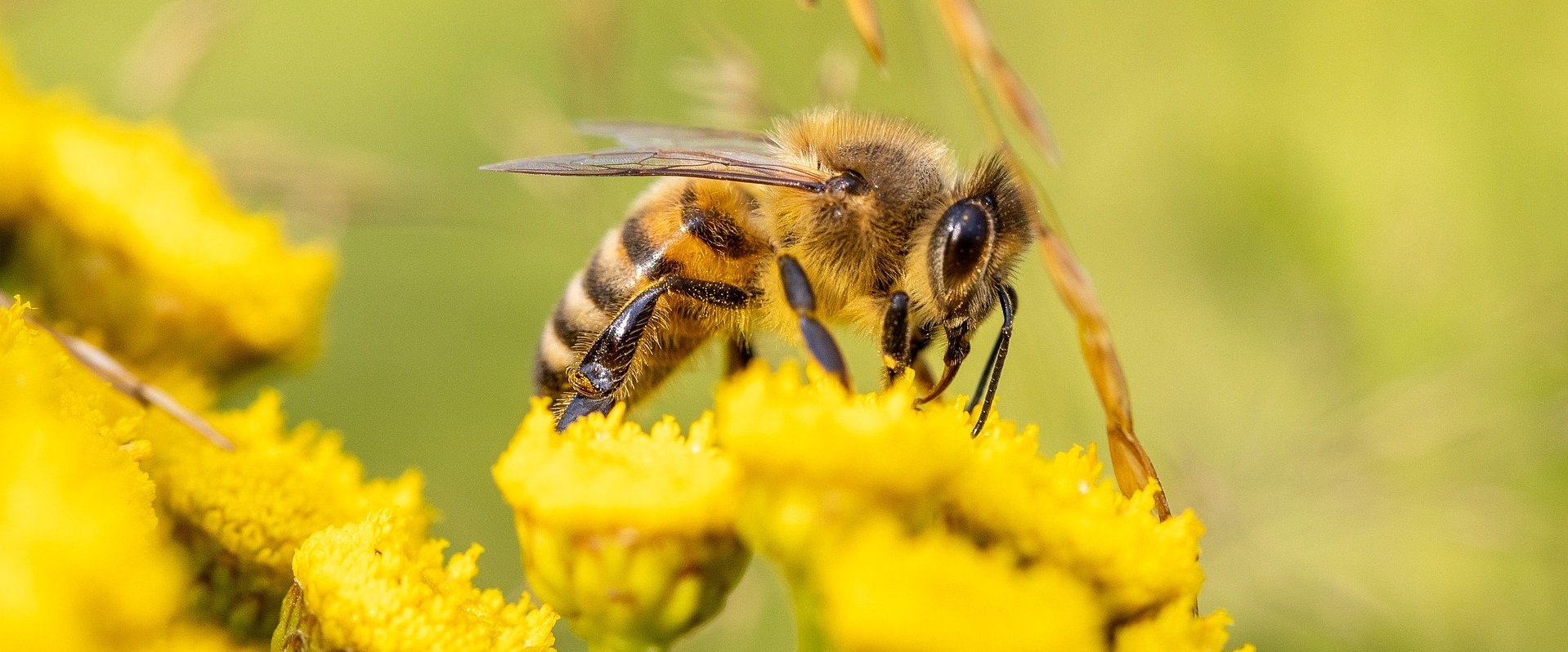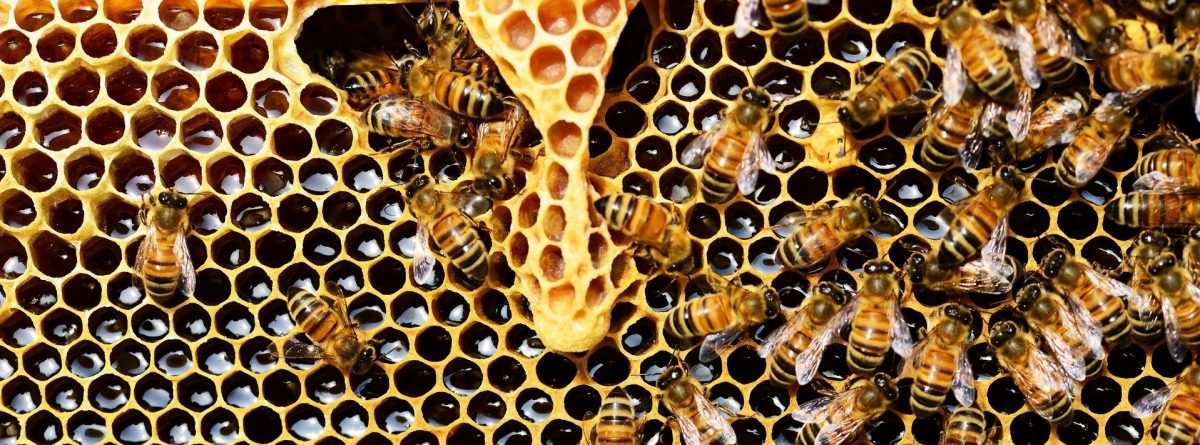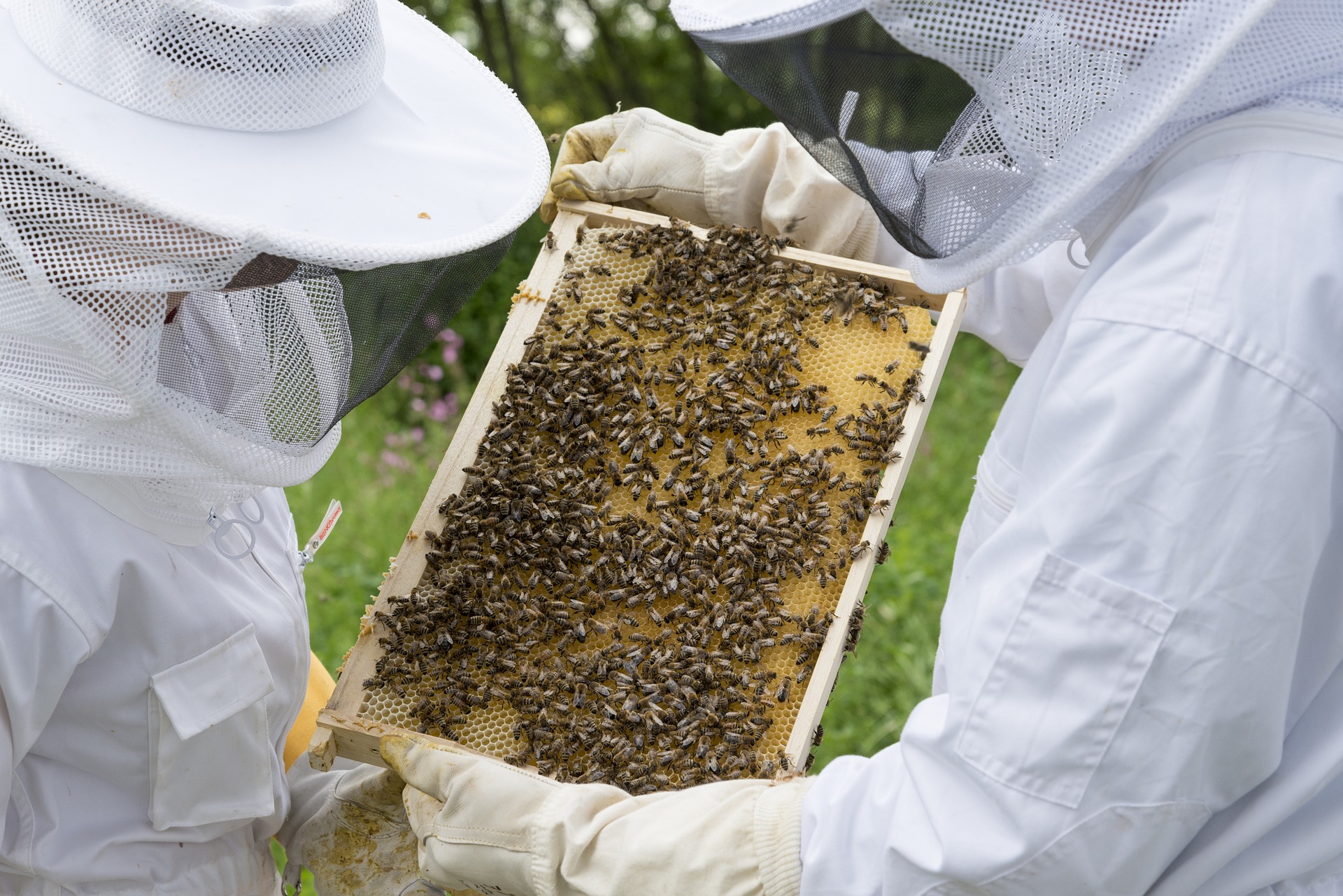
Whether you prefer it on toast, in a sweet and savory mixture or in your evening herbal tea, here we are going to learn more about our table companion: honey!
To begin with, it's impossible to talk to you about honey without making a detour to the bees ! Thanks to them and their important daily work, our palates can taste the pleasures of honey.
It all starts with the raw material: the nectar!
Did you know that a bee can travel up to 3 km around its hive to find one?
Of course, as long as her environment allows it, she won't have to venture that far.
(For example: if its environment is mainly composed of acacia trees, then its honey will be a "mono-floral" of acacia.)

There is also a second source of raw material for our friends the bees, called the Honeydew. Not very tasty at first sight, since the Honeydew is nothing but a fluid secreted by some insects such as aphids, which sting in the tender part of the plants to recover the sap (eg in fir, pine).
Once the nectar or honeydew is collected by a bee and brought back to the hive, a clever teamwork and chemistry begins, allowing the transformation into honey!

And the taste in all of this?
Honey is mainly made up of two elements: fructose and glucose. These two elements will have a direct impact on the consistency of the honey but also on its "sweetening" effect.
Some honeys have a sweeter effect (usually the most liquid) because they contain more fructose, but however, they do not have more sugar! The good thing is that you will be able to put less honey in your cup and your drink will be just as sweet!
The flavors, as for her, comes only from the raw material : flowers (for the nectar) and plants (for the honeydew). Your honey will then be sweet, cool, floral, bitter ...
Honeys at Les apiaries de l'Alpin

Jordane leads alone a herd made up of 200 beehives production, themselves spread over several apiaries in Albanian (enter Annecy et Aix les Bains).
The production is very localized with honeys fromacacia, all flowers, forests (chestnut trend) and montagne (Massif of Bauges).
This is a small transhumance beekeeping with short trips to ensure resources for the bees throughout the blooms.
Produced directly from the cold extraction of wax frames, honey is natural and without additions of any kind.
Complies with its ethics with practices of beekeeping in Organic farming.
| Mountain honey | Strong taste, little bitterness. | Harvested in the Massif des Bauges at around 900m altitude |
| Acacia honey | Sweet, neutral taste, sweeter effect, light color. | Monoflower harvest |
| Honey All flowers | Scented, color variable | A single harvest carried out with all the blooms of the year |
| Forest honey | Strong taste that stays in the mouth, more bitterness, dark color. | Beehives close to forests, especially chestnut. |
Good to know:
The evolution of the consistency of honey (crystallization) is a completely normal process. It will always crystallize over time and this duration is different from one honey to another. This phenomenon does not affect your honey, you can still consume it.
> A little extra advice: keep your honey protected from light and temperature variations !
All the honeys are available for sale
in our local and craft shop !
